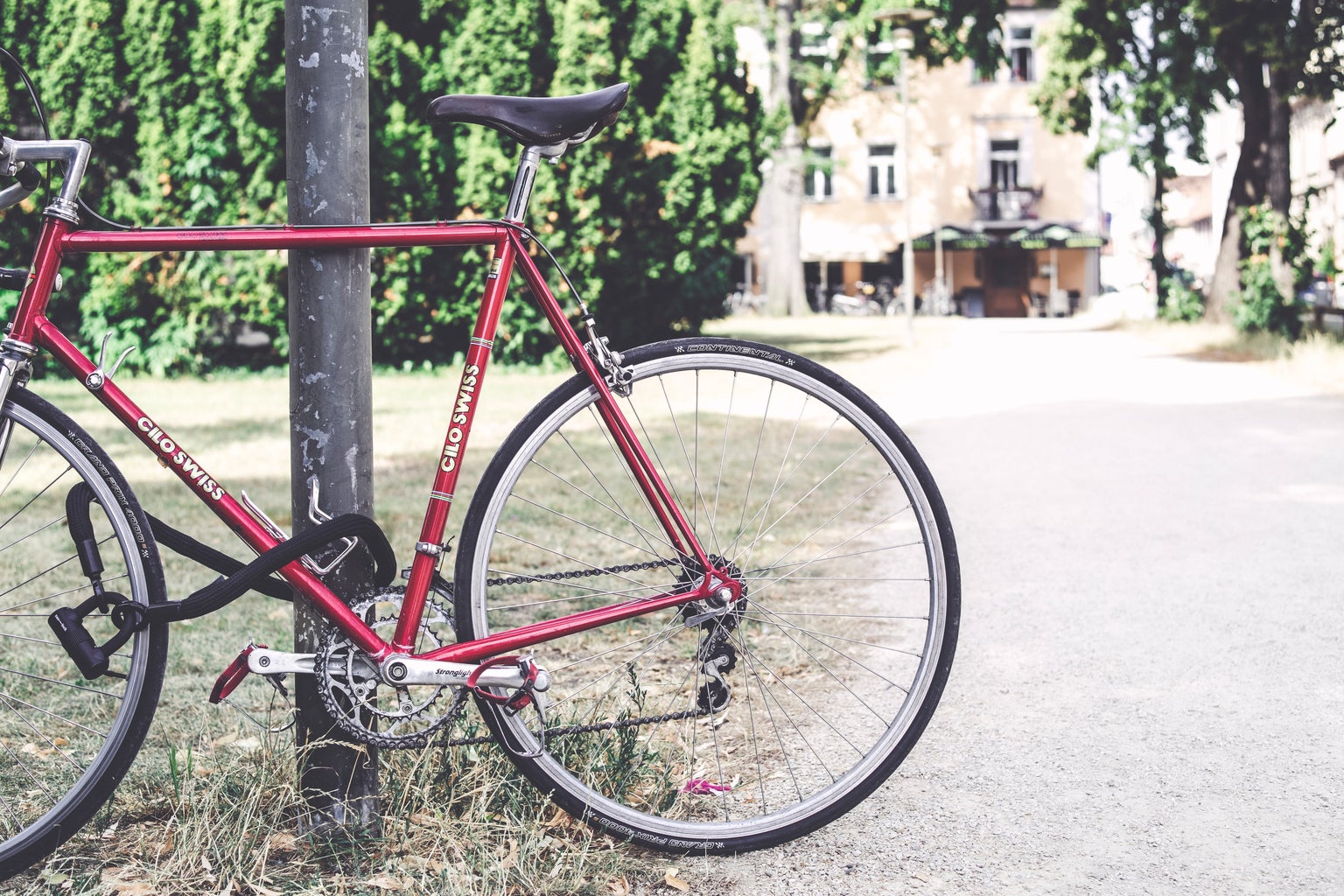UCSB is in the top 10 most bike-friendly colleges in the nation. Just taking a quick look around campus will prove it; everywhere, there are crowded bike paths and overflowing bike racks. Almost every UCSB student has a bike, which means that almost every UCSB student should put effort into maintaining and improving it. Here are five life hacks for bikes that every UCSB student should know.
1. Bottle mudguard
Many modern road and mountain bikes no longer come with mudguards, which are used to prevent dirt, mud, and water from splashing up to hit the saddle or cyclist. They were removed from bikes because they were thought to be unsightly and interfere with the bike’s efficiency. However, they are still an effective way to ensure you don’t walk into class with a mud-spattered outfit.
Jacqui Ma at Goodordering.com recommends using an old plastic soda or water bottle to create a DIY mudguard. All you need is a bottle, a cable tie, and a pair of scissors. Simply cut two small holes in the cap of the bottle and thread the cable tie through the holes. Tighten the cable tie around the seat post of your bike and voila, you have your own mudguard!
There are other variations to creating a bottle mudguard. For example, some people cut the bottles in half vertically and use a special fender mount to attach the bottles to the bike. Either way, you’re sure to have a dry, mud-free bike ride.
2. Lubricate Your Chain
To keep your bike in tip-top condition, it’s essential to frequently lubricate your chain. Doing so will prevent mechanical resistance and rust, which helps your bike stay fast and safe. How often you will lubricate your chain will depend on a number of factors, such as weather conditions and the type of lubricant you use, but all bikes need lubrication at least once in a while.
Chain lube should be applied so that the lube hits every link of the chain. Often, this process is messy, but it doesn’t have to be. A European bike blog suggests that cyclists take two toothbrushes and duct tape them together with their bristles facing each other. Put some grease on the brushes and place them over the chain. Just turn the pedals a few times with your other hand and you’ll have a well-greased chain without your hands getting too dirty.
3. Plastic Bag Saddle Cover
When you store your bike outside, like most UCSB students, it’s extra important to protect your bike saddle from the elements. Some bike companies make saddle covers out of cloth or waterproof materials, but these can be pricey for college students. For a much more affordable option, you can make your own saddle cover out of a plastic bag.
Any protection is better than nothing, so simply placing a plastic bag over your saddle and securing it with a cable tie or string should be sufficient. But if you want a more fitted covering, there are several tutorials online (like this one) for how to create one out of plastic bags.
4. Adjust Your Seat
Everyone knows that cyclists need to adjust their bike seats’ height to ensure a comfortable bike ride. Usually, this is done by loosening the bolt that connects the saddle with the frame and twisting the seat-post up or down as needed.
However, many are unaware that the angle of their bike seats can also be adjusted to create an optimal riding position. To do this, simply loosen the clamp under your seat and tilt the seat forward or backward as desired. Women typically prefer their seats to tilt slightly forward, but everyone will have different preferences. The best way to find your most comfortable angle is to try several different ones and see which one suits you best.
5. Attach Accessories with Sugru
Avid cyclists often enjoy adding accessories like mirrors, bells, and phone mounts to their bikes. Figuring out where and how to attach these accessories can be puzzling, but luckily, the company Sugru creates a moldable glue that greatly simplifies the process.
To apply the Sugru, just roll the glue into a roughly cylindrical shape, press it into the smaller object (the accessory), and then press the smaller object glue-first into the larger object (the bike). After a setting process of about a day or two, the glue will turn to rubber and the items will be secured.
If you’re planning on biking around UCSB for another couple years, it’s worth it to try at least one of these life hacks to make your biking experience better. Hopefully you found these tips useful — if so, pass them on to your roommates and friends. Safe cycling!


